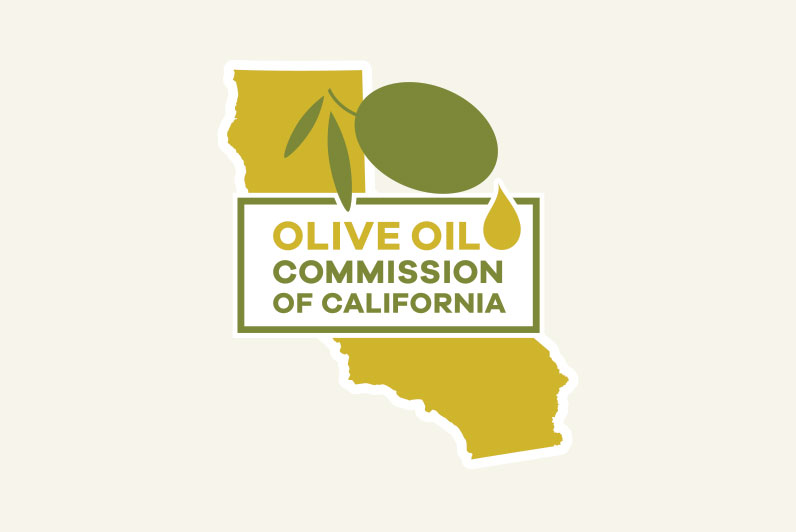
Olive Oil Commission Begins Fourth Season with Updated Programs
As the California olive oil harvest season is full swing, the Olive Oil Commission of California is working to get the word out to members about new and updated programs and activities for the coming year. OOCC members are expected to produce 3.8 million gallons (or about 90 percent) of the year’s expected California harvest volume of 4.3 million gallons. The mandatory government sampling and testing program is working to improve the quality of California olive oil and it’s important everyone understand the activities of these relatively new organization.
To help provide regular updates on the OOCC, a newsletter will be distributed via email every other week throughout the year. Anyone interested in receiving this newsletter can sign up here. The goal is to keep members up-to-date on OOCC program activities, deadlines for the OOCC’s mandatory sampling and testing program, information on OOCC-funded research and other important industry news.
At the heart of the OOCC is its government sampling and testing program to ensure that California olive oil is accurately labeled according to stringent standards set by the OOCC through the California Department of Agriculture. The program, which involves CDFA inspectors collecting olive oil samples for testing by independent laboratories, is mandatory for any producer of more than 5,000 gallons per year. Last year, the OOCC opened this program to producers with less than 5,000 gallons to participate on a voluntary basis. This year, the OOCC is making that even more accessible for smaller producers.
According to OOCC Chairman, Jeff Colombini, “The OOCC’s goal is for all California olive oil to be verified through a system of government sampling and testing. But we understand the cost of testing can be overly burdensome to smaller producers.”
As a result, the OOCC Board has adjusted the voluntary participation program making it more accessible to smaller producers. Voluntary members will still be required to have government officials from CDFA collect samples of their oils for testing at independent laboratories to verify it meets all eight quality parameters that make up the CDFA standard for Extra Virgin Olive Oil. Like other OOCC producers, voluntary members will also need to collect their own samples and have them tested at an accredited lab or their choosing. However, small producers are not required to conduct or pay for all eight quality parameters on the samples they collect and have tested themselves. They are only required to test for PV, FFA, UV and the Organoleptic tests. In addition, the fee for participating in the voluntary program has been adjusted to a flat rate of 14 cents per gallon of production.
Anyone interested in signing up for the voluntary program must do so no later than January 5, 2018 by completing this form which can be found in the For Our Members section of the OOCC website.
A packet containing information for the coming year was mailed in September to all OOCC handler members. The packet contains a new list of Timelines and Deadlines required of all OOCC members. It’s important that members understand the requirements of the OOCC program and provide proper documentation in a timely fashion. The OOCC will remind members of pending deadlines through the new e-newsletter. Members can download the entire OOCC handler packet here.
Of course, the OOCC is also here to answer any questions you may have and to serve as a resource for information. In fact, we have received numerous phone calls from producers impacted by recent fires who want to know how they can prevent their olive oils from being tained with smoke. If you have questions about this topic, please don’t hesitate to contact OOCC Executive Director Chris Zanobini at (916) 441-1581.
Have a great harvest season!